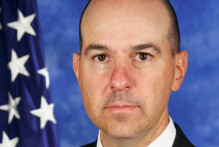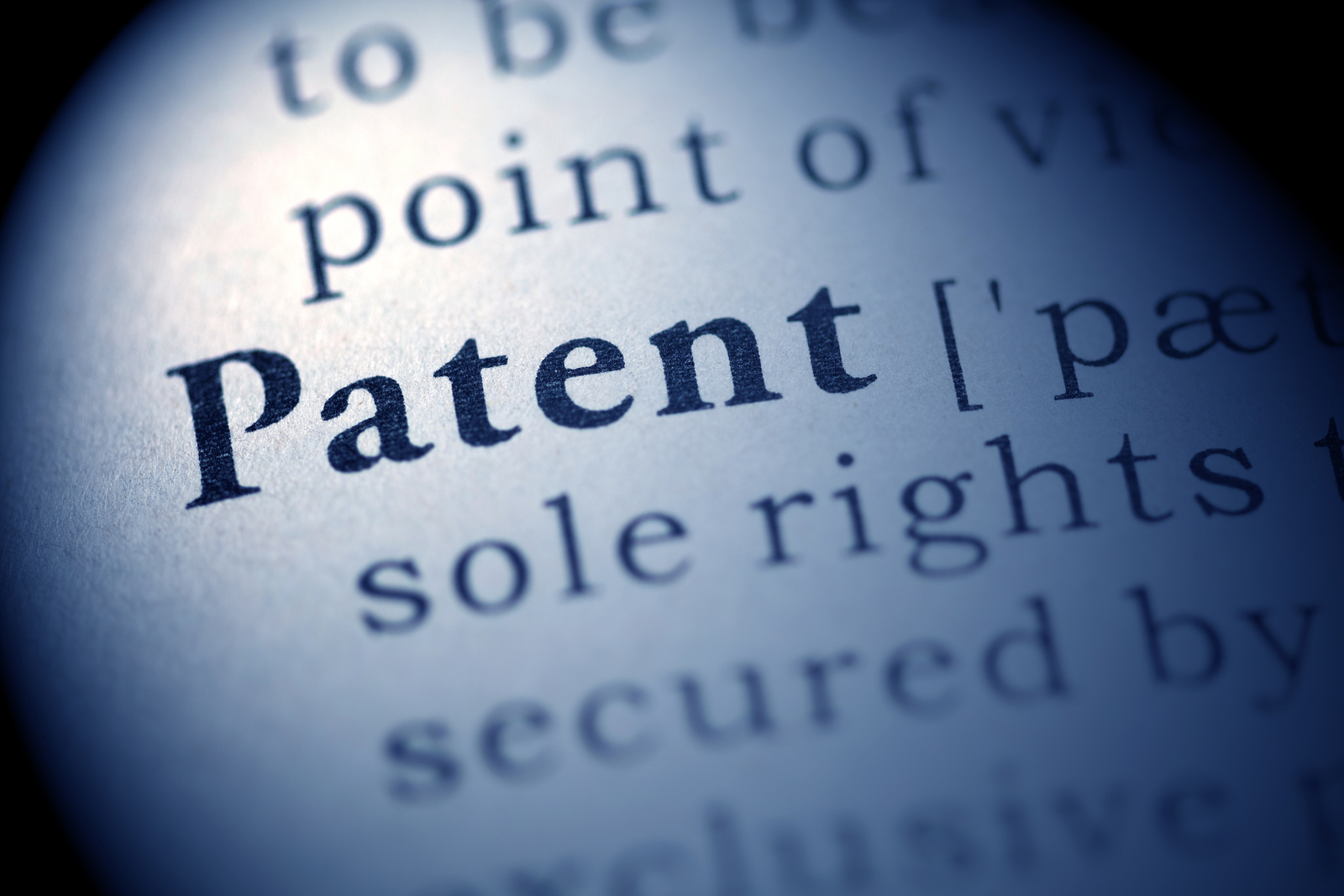America’s patent system has a public relations problem.
Look no further than the nation’s leading opinion pages. In the Wall Street Journal, former U.S. Attorney General Michael Mukasey recently contended that the system is plagued by “meritless infringement lawsuits” over “poor-quality patents.” And earlier this year, the New York Times editorial board claimed the patent system rewards legal trickery and undermines innovation.
I’m not a crisis communications expert. But I have dedicated my career to promoting U.S. innovation leadership through a strong and effective patent system. And I know that critics of U.S. patent protections have got it wrong.
The nation’s Founders would certainly see it that way. After studying British patent law, they understood that establishing a robust patent system would unleash American innovation — and they codified intellectual property protections in the Constitution.
The new patent system differed from Britain’s in some key areas. Perhaps most significantly, U.S. patent law included no requirement that inventors actually manufacture their inventions. The Founders wanted to encourage all innovation — not just that of wealthy lords with the factories or cash to turn their inventions into manufactured products.
Inventors without that access or capital could sell or license their patents to manufacturers for a profit. That incentivized them to keep inventing — and left developing real-world products to those with the funds and know-how to do so.
This uniquely American system is largely responsible for the United States’ transformation from an agrarian backwater to an economic powerhouse. In 2019, intellectual property-intensive industries accounted for $7.8 trillion in gross domestic product and employed more than 47 million people.
Today, inventors who don’t develop products are called “non-practicing entities.” They join a long line of prolific inventors who licensed, rather than manufactured, their inventions, including Thomas Edison and Elias Howe, who changed the course of history.
Unlike those past inventors, today’s non-practicing entities have become targets of attacks. Detractors claim they are simply “patent trolls” buying up low-quality patents and suing companies for infringement to turn a profit without ever commercializing the invention.
Mukasey, for instance, alleges that foreign-backed non-practicing entities bring lawsuits against U.S. innovators to drain time and resources for competitive advantage. He cites only one case as evidence of this malfeasance — a “meritless lawsuit” in which VLSI Technology, a so-called shell company that purchased “low-quality” patents, was awarded nearly $2.2 billion for Intel’s infringement of VLSI’s patents.
The lawsuit played out in the courts, which rejected the arguments of Intel’s top lawyers. VLSI’s patents were found to be valid and infringed. So, it’s entirely fallacious to characterize the suit as anything but an example of the patent system working as intended.
It’s also dishonest for critics to characterize non-practicing entities as generally malicious actors. There are many reasons a patent holder might not manufacture an invention. Consider universities, which are hubs of innovation. Of the 20 universities in the world with the most patents granted in 2021, 17 are American. Together, those U.S. universities were granted more than 3,000 patents last year. Many patents will be licensed to private companies with the skills to commercialize university research. After all, as non-practicing entities, universities don’t have the manufacturing capabilities or resources to turn their patented discoveries into real-world products.
Our patent system is functioning exactly as the Founders intended — and it has made America the richest country in the world. The system doesn’t need an overhaul. But it does need continued bipartisan support so that the enormous wealth and productivity gains enabled by intellectual property protections are not sacrificed on the altar of short-sighted, self-interested commercial or political gain.


